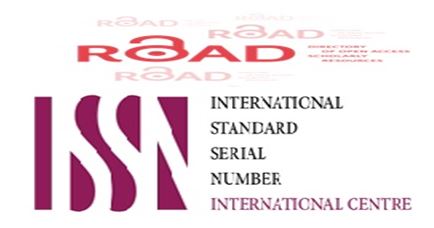The role of computed tomography in characterization, diagnosis and staging of malignant pleural mesothelioma in a sample of Iraqi patients
DOI:
https://doi.org/10.32007/jfacmedbagdad.574391Keywords:
Mesothelioma, Computed tomography, asbestos exposure, pleural effusion.Abstract
Background: malignant pleural mesothelioma (MPM) is uncommon neoplasm arising from mesothelial cells of the pleura. The most important etiologic agent is typically related to exposure to minerals fibers such as asbestos and erionite. Computed tomography (CT) plays essential role in characterization, diagnosis and staging of MPM.
Objectives: to determine the value of CT scan in characterization of MPM and its impact on diagnosis, and staging of the disease with histopathological correlation.
Patients and methods: the CT scan of 27 patients who had diagnosed of MPM were retrospectively evaluated, additionally CT findings of histopathological subtypes were compared and determine staging of the disease according to their documented CT findings. The study was performed at Medical City Teaching Hospitals and Hospital of Radiation & Nuclear Medicine in Baghdad from period of 2008 to 2014.
Results: Fifteen patients were male and twelve patients were female with percentage of (55.5%, 44.4%) respectively with age range of 36-66 years, 37% of patients were coming from area closed to asbestos manufacture in Baghdad, but only 14.8% of them had history of exposure to asbestos. histological subtypes analysis revealed that epitheliod types is the most frequent type occurred in 63% of patients, sarcomatoid type in 22.2% of patients and mixed (biphasic) type in 14.8% of patients. The statistical analysis of CT findings of different histological subtypes reveal that the interlobar fissure involved in 100% of patients, paranchymal lung involvement in 67%, chest wall involvement in 67%, pericardial involvement in 67%, mediastinal lymphadenopathy in 67% which are more significant with p-value <0.05 in sarcomatoid subtypes than alternate histological subtypes. Regarding the staging of MPM, the study show stage I in 11.1% of cases, stage II in 37.1, stage III in 25.9%, and stage IV in 25.9%.
Conclusion: This study show that contrast-enhanced CT of the chest and upper abdomen plays a fundamental role in characterization and categorization of key findings of malignant pleural mesothelioma and convert it into the updated staging system to guide appropriate evaluation and management.
Downloads
Downloads
Published
Issue
Section
License
For all articles published in Journal of the Faculty of Medicine Baghdad, copyright is retained by the authors. Articles are licensed under an open access Creative Commons CC BY NC 4.0 license, meaning that anyone may download and read the paper for free. In addition, the article may be reused and quoted provided that the original published version is cited. These conditions allow for maximum use and exposure of the work, while ensuring that the authors receive proper rights.



















 Creative Commons Attribution 4.0 International license..
Creative Commons Attribution 4.0 International license..


